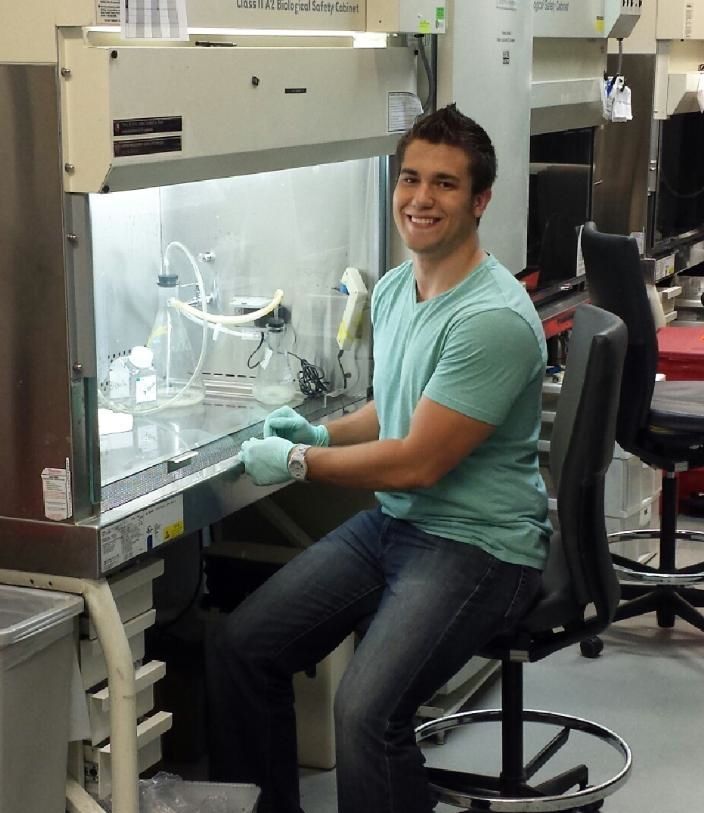Where Are They Now?
Children’s Congress is not only JDRF’s flagship advocacy event, it is one of the largest advocacy events in our nation’s capital. Since it was launched in 1999, JDRF has brought more than 1,000 kids and teenagers with type 1 diabetes (T1D) to Washington, D.C., to talk to their Members of Congress about the importance of funding T1D research.
Today, we know that Children’s Congress is so much more than just an event. Many of those 1,000 kids have grown up. In their new adult lives, these former delegates continue to prove that the right combination of optimism, perseverance, and community spirit can indeed change the world. In this weekly, five-part series, they show us how it’s done.
CHRISTIAN STOKES
“I thought, why not help try to cure this disease myself, through science?”
Age as delegate: 16
Age at T1D diagnosis: 15 months
Children’s Congress 2007
Delegation: Minnesota
What he took away from Children’s Congress:
“It’s so empowering to know that you have the ear of the very select people who control our country’s destiny, even if it’s just for a short time,” Christian says.
How he’s changing the world today:
Trinity College, class of 2014
Double major in molecular biology and biochemistry, economics
“I’ve always loved science, and that may be partially due to my early diagnosis with type 1 diabetes,” Christian says. “When you’re that young, diabetes is much harder to control, and you learn to pay close attention. So while other kids were watching cartoons, I was watching Bill Nye the Science Guy.”
 Christian plans to become a researcher and hopefully contribute to T1D research. “Being in Washington with a hundred other kids who all have the exact same problem—it really made me want to solve that problem. And I thought, why not help try to cure this disease myself, through science? And that’s what I was good at, that’s what I could do.”
Christian plans to become a researcher and hopefully contribute to T1D research. “Being in Washington with a hundred other kids who all have the exact same problem—it really made me want to solve that problem. And I thought, why not help try to cure this disease myself, through science? And that’s what I was good at, that’s what I could do.”
And he’s well on his way. Every summer since 2010, he has interned in a laboratory at Stanford University, researching new ways to image the loss of beta cells and the onset of T1D. He and his colleagues there have identified an exciting new imaging compound—coelenterazine, the light-emitting molecule used by bioluminescent creatures for fuel.
Christian’s hopes for the future? “I would love to enhance the understanding of diabetes and how the body’s machinery plays a role in it,” he says. “And further, I would love to help treat type 1 diabetes less invasively—until the day we find a cure, of course!”